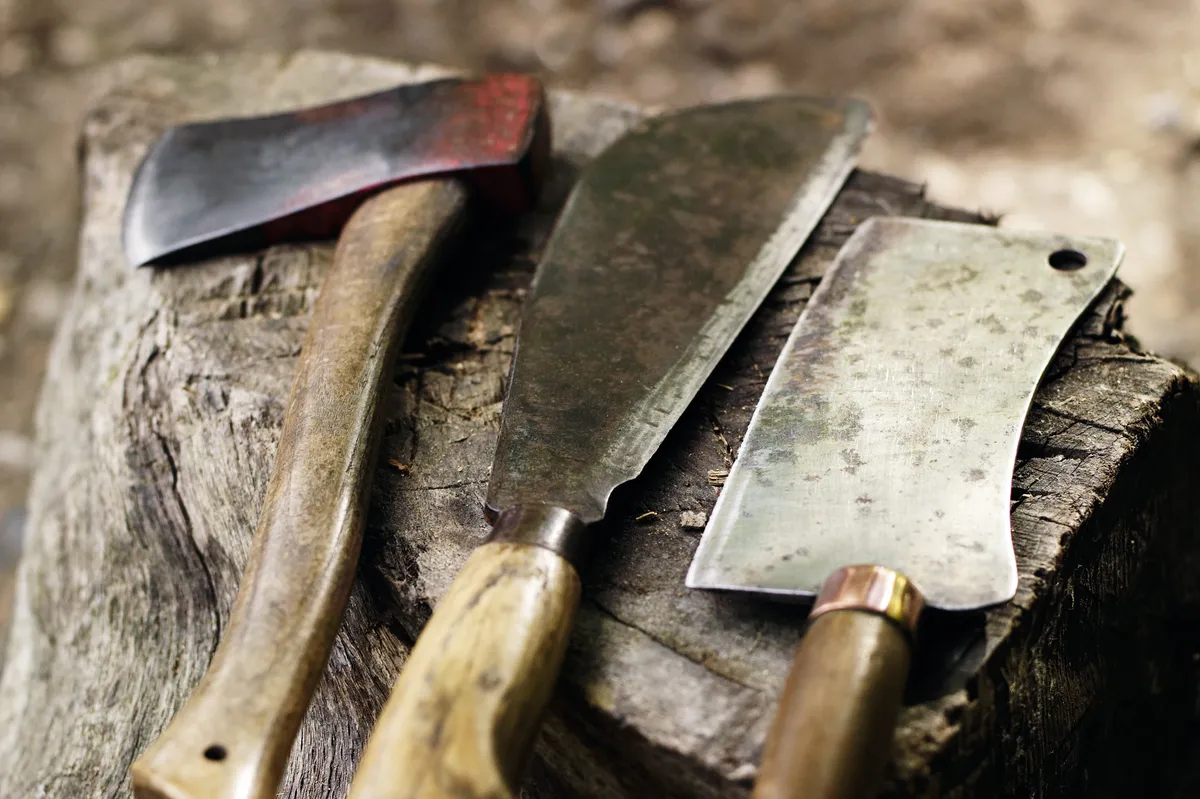It's said that a fire will warm you twice – once when you chop the wood and once when you burn it. There are many components to think about when attempting to build the perfect fire. Often it comes down to the types of wood you use and the time you put in to prepare your log store for the fire-lighting season. The three main 'ingredients' to a fire are newspaper, kindling and logs. Here we show you how to chop kindling, how to split logs ready to use on the fire and suggest where to find the best tools for the job.
You may also like
How to chop kindling

Use a soft wood timber, such as pine, to make your kindling, as the resinous character makes it much easier for lighting fires. Kindling runs out relatively quickly, so it’s always best to prepare a large bucketful all at once rather than make only enough for a single fire.
Use a smaller kindling axe or a chopper, as you will have more control when splitting small pieces of wood. Wedge the axe into the timber and lift both together before striking the chopping block – this is less likely to cause an injury.
When chopping the wood, try to create a variety of sizes, from very small pieces upwards. The smaller the piece of kindling, the bigger its surface area so the fire will catch more easily, but it is also important to have intermediate-sized pieces. The length of your kindling will be dictated by the size of your fire.
Don’t forget that in any pile of logs there will inevitably be a good assortment of twigs, chippings and bark – hold on to these, as they will supplement your home-made kindling.
How to split logs

Use a good chopping block when splitting wood. It needs to measure at least 40cm x 40cm and should come up to the height of your knee. A particularly knotty chunk of wood also makes a good block as it will withstand blows from the axe.
Always use a good splitting axe or maul to split the wood, cutting along rather than across the grain of the wood as this is the point of least resistance. Don’t forget that green timber splits more easily than seasoned wood.
Logs are ready for burning when they have lost as much moisture as possible. A seasoned piece of wood usually loses up to half its weight. As you split wood, remember the size of the logs that you require; there is nothing more frustrating than finding your logs are too big for your stove or fire basket.
If you are hewing large rings of wood, it is much easier to split chunks off around the circumference than attempt to chop the log in half, though do accept that some knotty bits of timber will never split, no matter how hard you try.
Tools for the trade

- This small American pattern kindling axe (left) is a handy size for cleaving small pieces of wood and will give you more control.
- The straight-edged billhook (middle) is a traditional cutting tool used for a variety of jobs and is perfect for splitting wood.
- An old butcher’s meat cleaver (right) is not your conventional woodsman’s tool but is surprisingly good for chopping kindling.